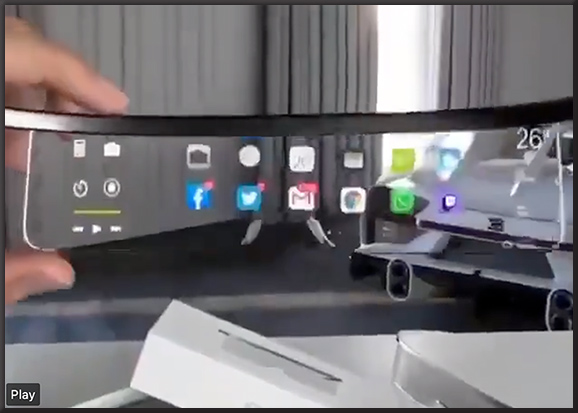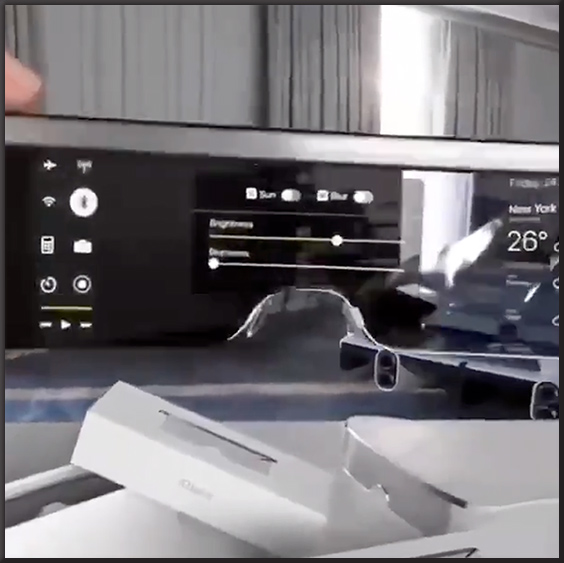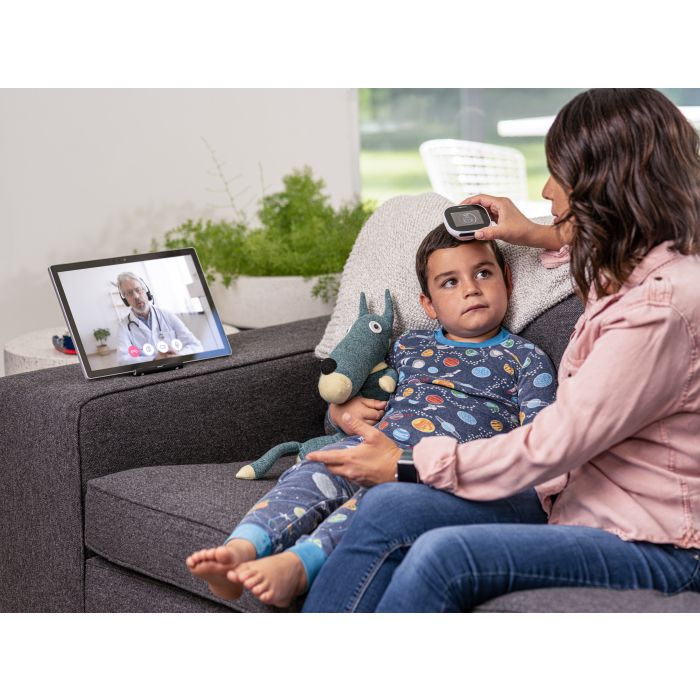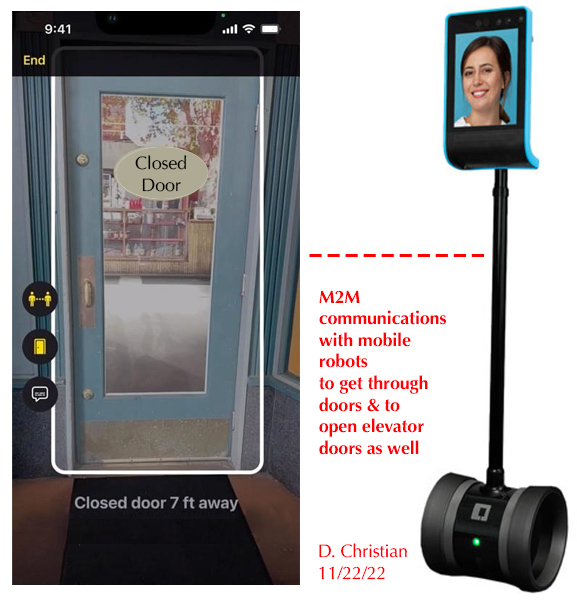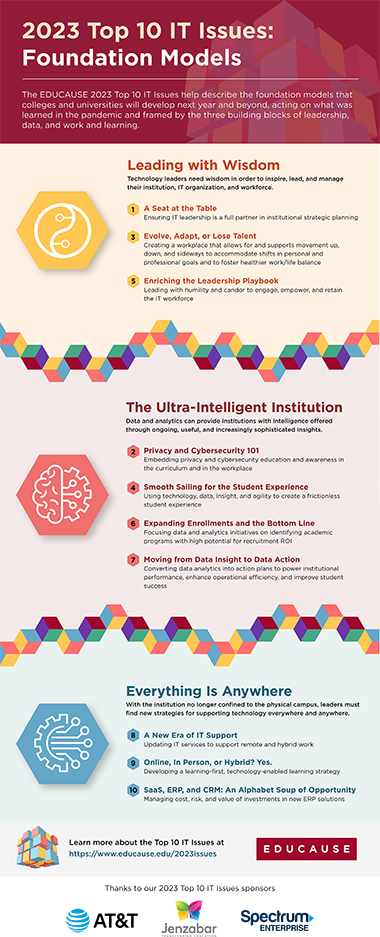How Skills Are Disrupting Work: The Transformational Power of Fast-Growing, In-Demand Skills — from burningglassinstitute.org by Nik Dawson, Alexandra Martin, Matt Sigelman, Gad Levanon, Stephanie Blochinger, Jennifer Thornton, and Janet Chen
A “State of Skills” Report from the Burning Glass Institute, the Business-Higher Education Forum, and Wiley
On average, 37% of the top 20 skills requested for the average U.S. job have changed since 2016.
Excerpt:
By analyzing hundreds of millions of recent U.S. job postings, the Burning Glass Institute and the Business–Higher Education Forum (BHEF) identified four of the fastest-growing, highest-demand emerging skill sets:
- Artificial Intelligence/Machine Learning
- Cloud Computing
- Product Management
- Social Media
These four skill sets serve as a laboratory for understanding what business and education leaders can do to prepare workers and students for skills disruption. To illustrate how programs can help learners and workers acquire essential skills, this report includes profiles of recent innovations from the BHEF network.
The future belongs to those who seek to understand, anticipate, and harness the power of emerging skills, rather than maintain a posture of reaction/response.
…
The prospect of helping all those who are challenged by skill disruption hinges on the readiness of business and higher education to engage in understanding and planning for skill disruption over the long term.
From DSC:
“On average, 37% of the top 20 skills requested for the average U.S. job have changed since 2016.” That’s what I’m talking about when I talk about the exponential pace of change. It’s hard to deal with. Our institutions of education are not used to this pace of change. Our legal system isn’t used to this pace of change. And there are other industries struggling to keep up.
Should the pace of change be an element of our design when we think about using Design Thinking to create a new lifelong learning ecosystem?









